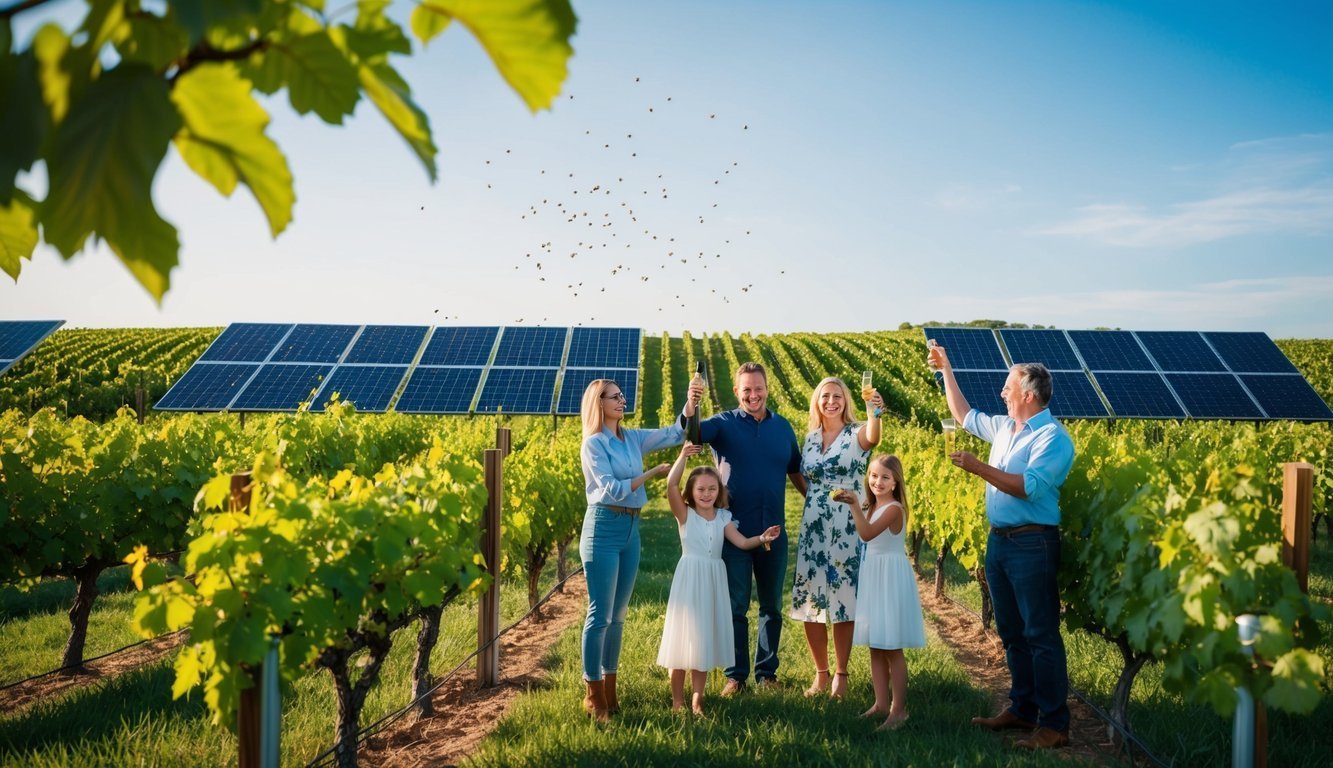In a significant stride towards environmental responsibility, Casella Family Brands (CFB) has attained the Sustainable Winegrowing Australia certification for its vineyards, wineries, and grape sourcing activities.
This milestone means that over 10% of Australia’s grapes are now grown in alignment with the rigorous sustainability standards set by the organization.
Recognition for Sustainable Practices
This certification brings recognition not only to CFB’s well-known Yellow Tail wines but also to other labels under its umbrella, such as Peter Lehmann Wines, Morris of Rutherglen, and Brand’s Laira, all of which now showcase their commitment to sustainable wine production.
Commitment to Environmental Stewardship
CFB is a major player in the wine export market, accounting for 16% of Australia’s total exports.
The company embraces this certification as a step forward in its sustainability journey.
According to the company’s sustainability manager, the recent establishment of a large solar farm laid the groundwork for this initiative, shifting the focus toward achieving Sustainable Winegrowing certification across their entire winery and grower network.
This evolution aligns with the growing consumer demand for brands that prioritize environmental stewardship, paving the way for consumers to feel confident about the eco-friendly practices behind their wines.
Support for Sustainable Integration
By obtaining the Sustainable Winegrowing Australia certification, CFB gains access to essential resources that will aid in meeting environmental standards throughout its operations.
The certification encompasses support in areas like biosecurity, soil and land management, chemical usage, nutrient oversight, and the enhancement of biodiversity.
While integrating these new sustainable practices poses challenges for growers, the CFB team remains optimistic and open to growth.
A viticulturist and winemaker from Peter Lehmann Wines expressed the commitment and effort that goes into the necessary training and auditing.
They highlighted that this initiative is crucial for all brands within the company as they push forward in their sustainability initiatives.
At the heart of this program is the aim to employ innovative practices that safeguard the land essential for their operations— securing its health, productivity, and intrinsic value for the generations to come.
Source: Harpers

